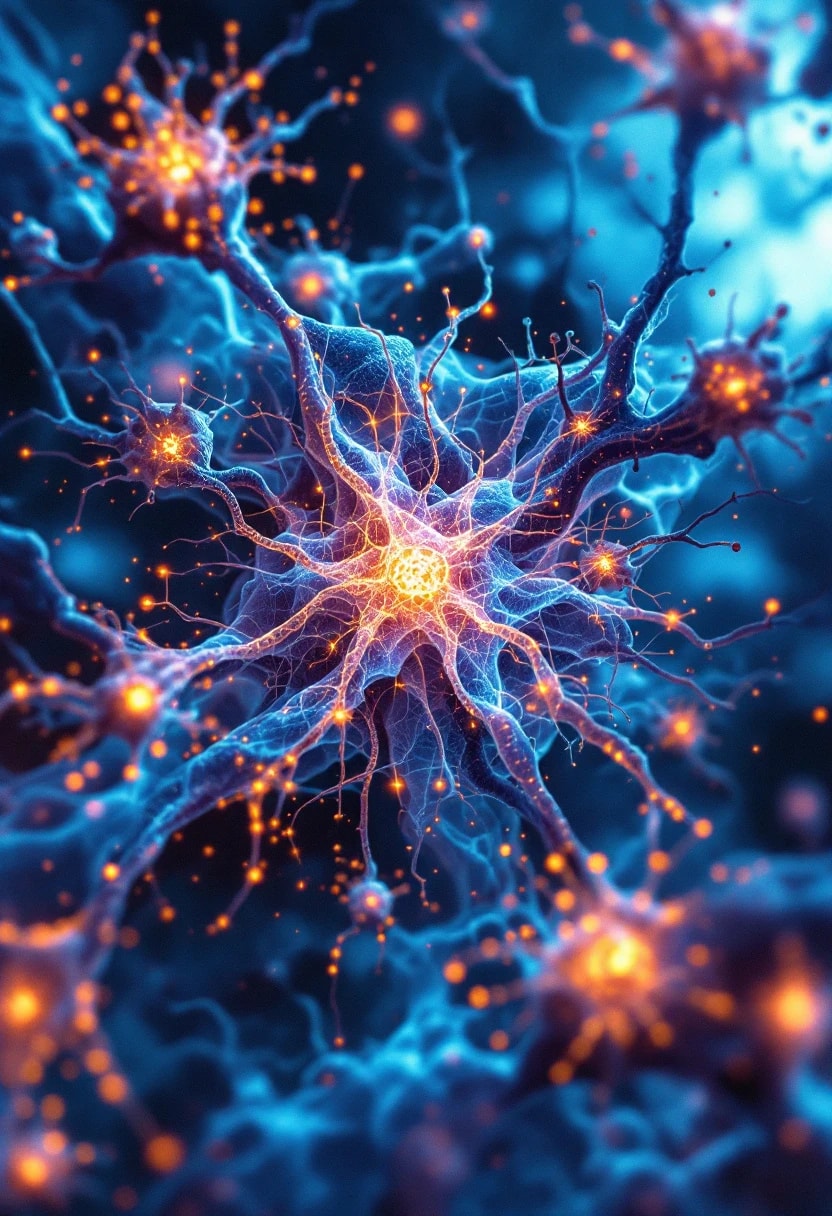
Cerebral Organoids
Miniature, simplified versions of the brain grown in vitro from stem cells, used to model neurological development, disease, and therapeutics.
Cerebral organoids, often referred to as "mini-brains," are grown from pluripotent stem cells in a laboratory setting to imitate the architecture and functionality of human brain regions. While not directly related to AI, cerebral organoids facilitate breakthroughs in neuroinformatics and the development of brain-computer interfaces by providing insights into the complex neural networks that AI systems aim to emulate or interact with. In AI research, they help in understanding the brain's architecture, contributing to advancements in neural network models and potentially enabling the creation of more sophisticated and efficient AI systems that mimic biological processes.
The concept of cerebral organoids was first introduced in 2013, and it gained significant attention in the following years as research demonstrated their potential in modeling human brain development and disease. As this technology developed, its implications extended beyond traditional biological fields into AI research arenas interested in the synergy between biological and computational intelligence.
Key contributions to the development of cerebral organoids came from researchers like Madeline A. Lancaster and her team at the Institute of Molecular Biotechnology of the Austrian Academy of Sciences (IMBA). Their pioneering work laid the foundation for using these organoids in unraveling intricate details of brain morphogenesis, which has ramifications for AI fields that aim to replicate the human brain’s capabilities in computational frameworks.
